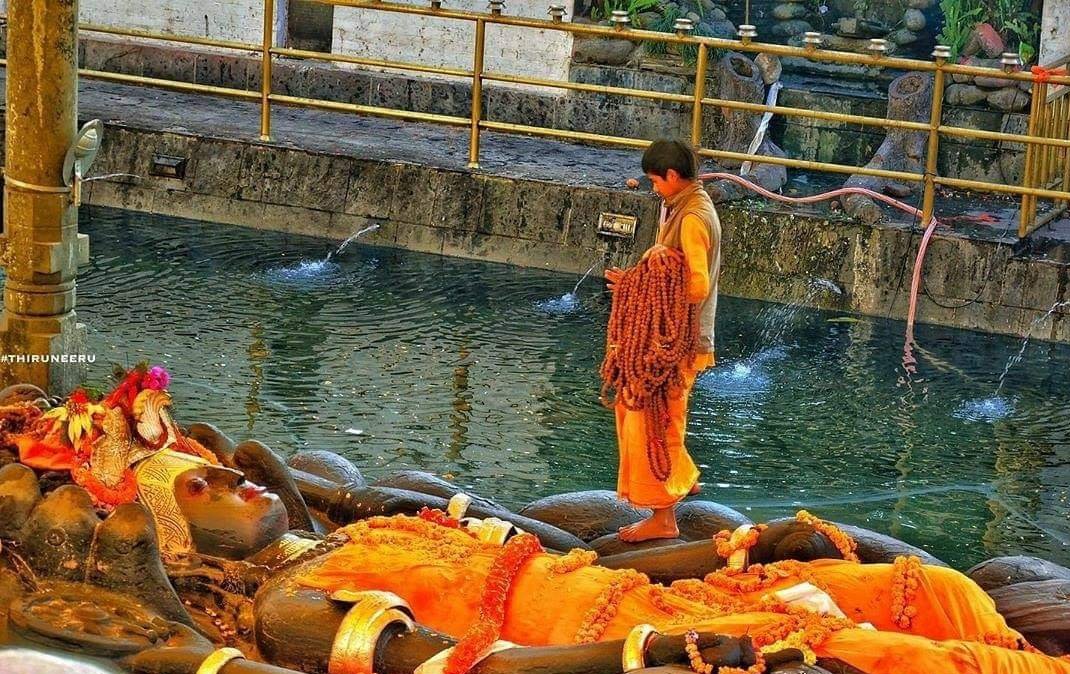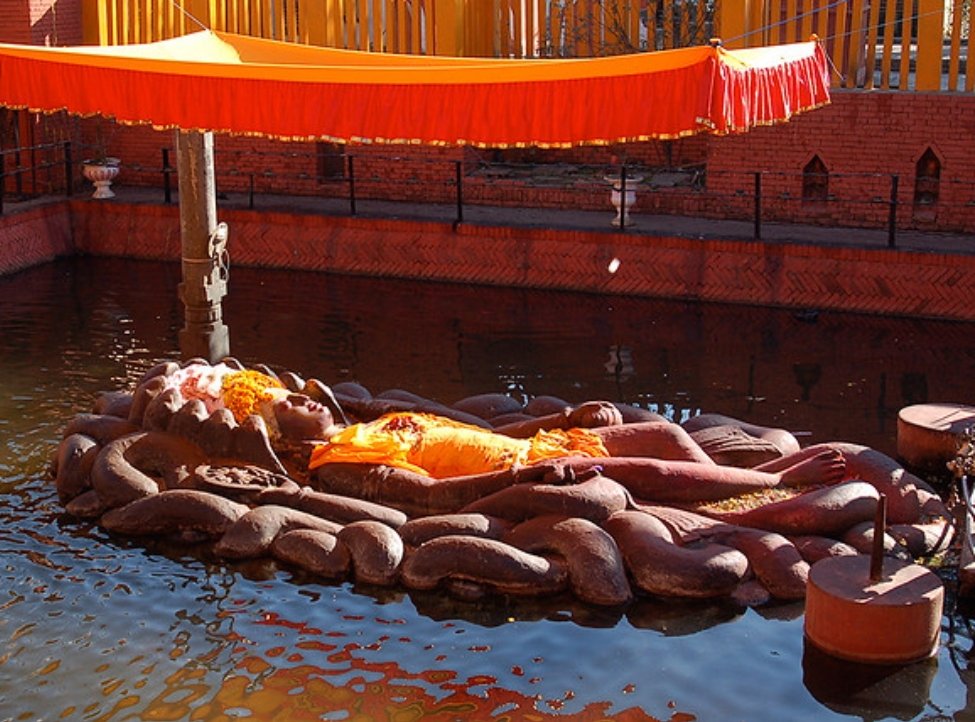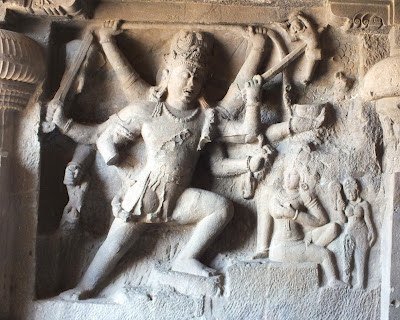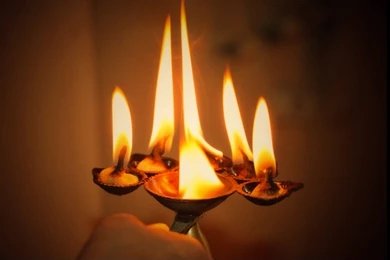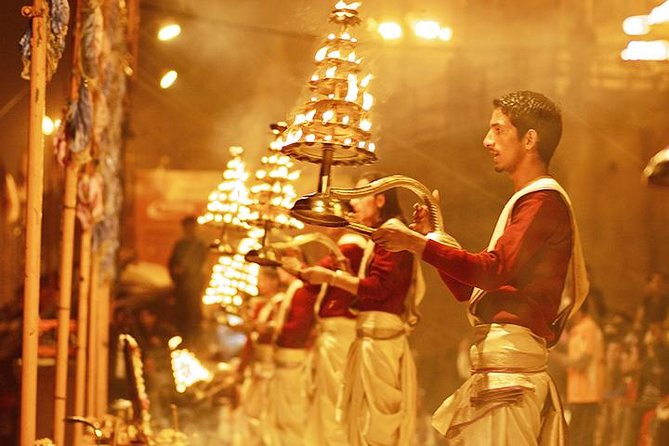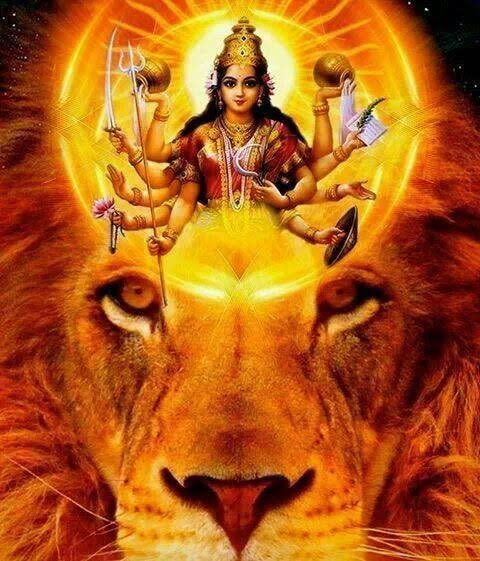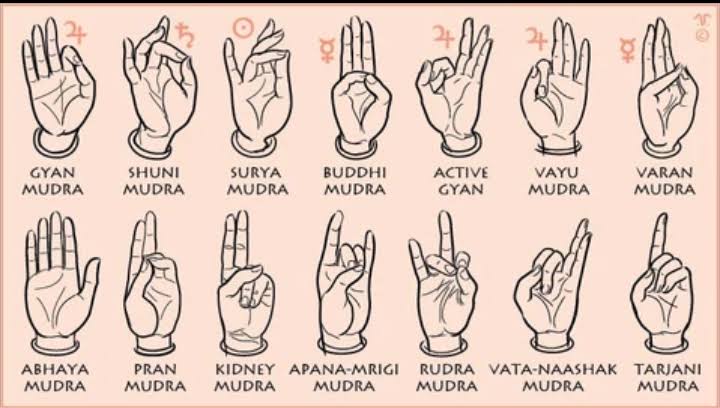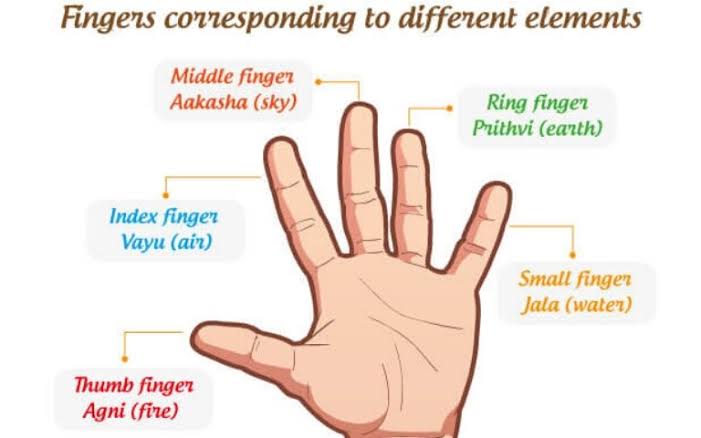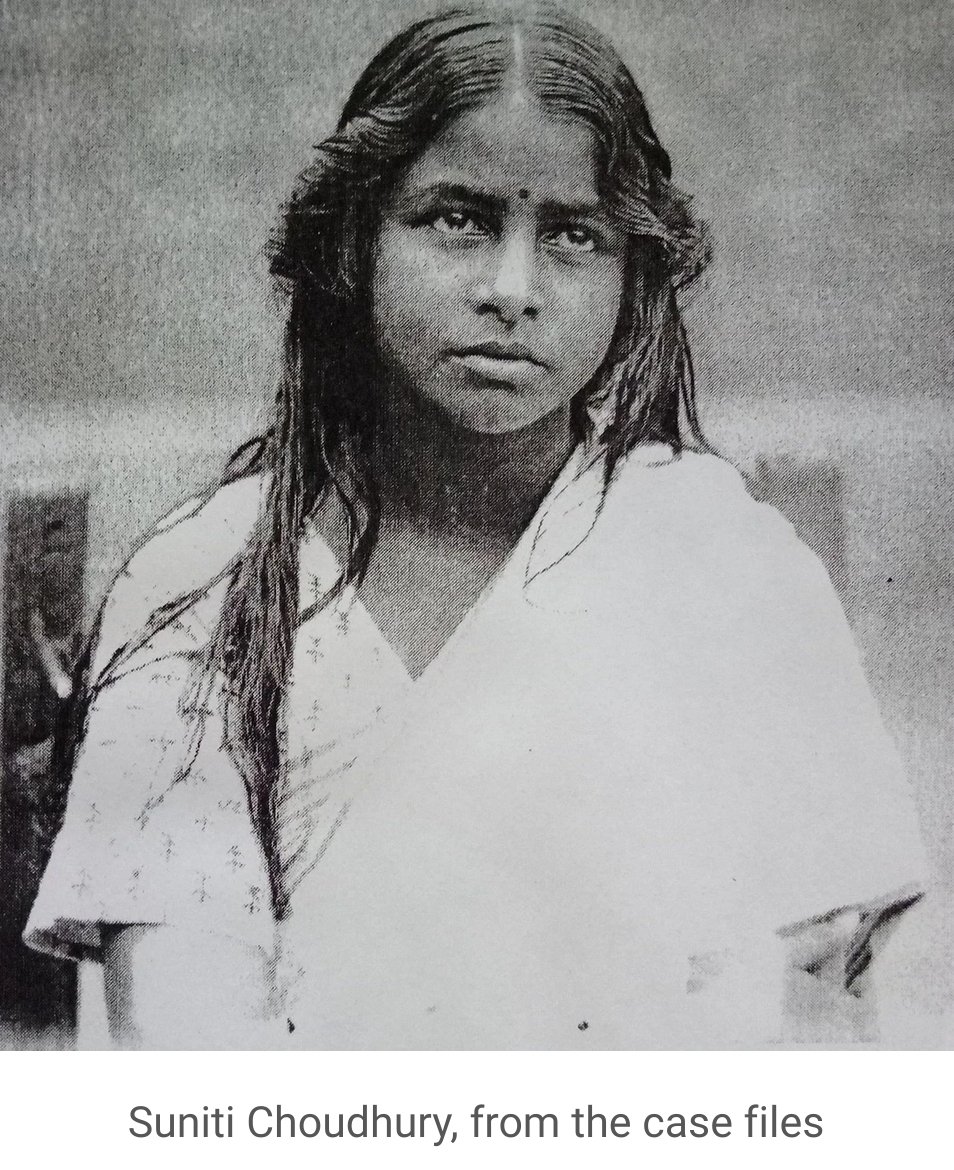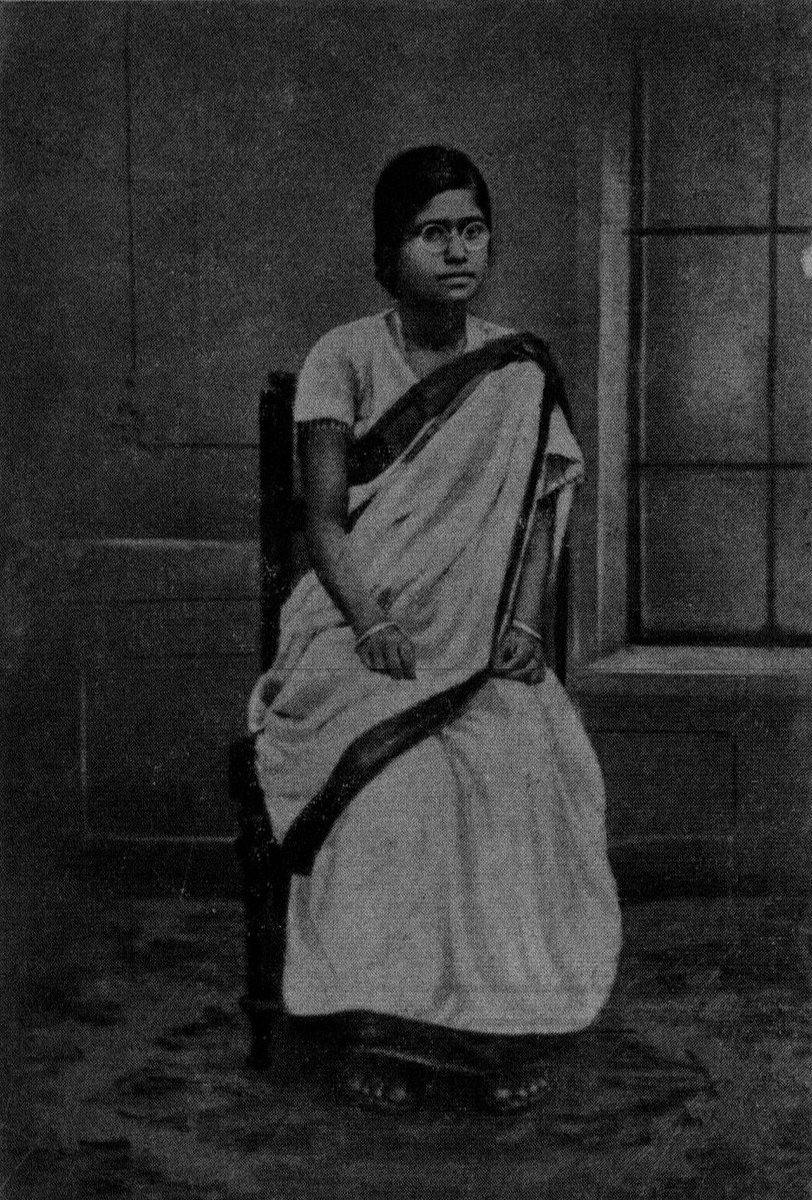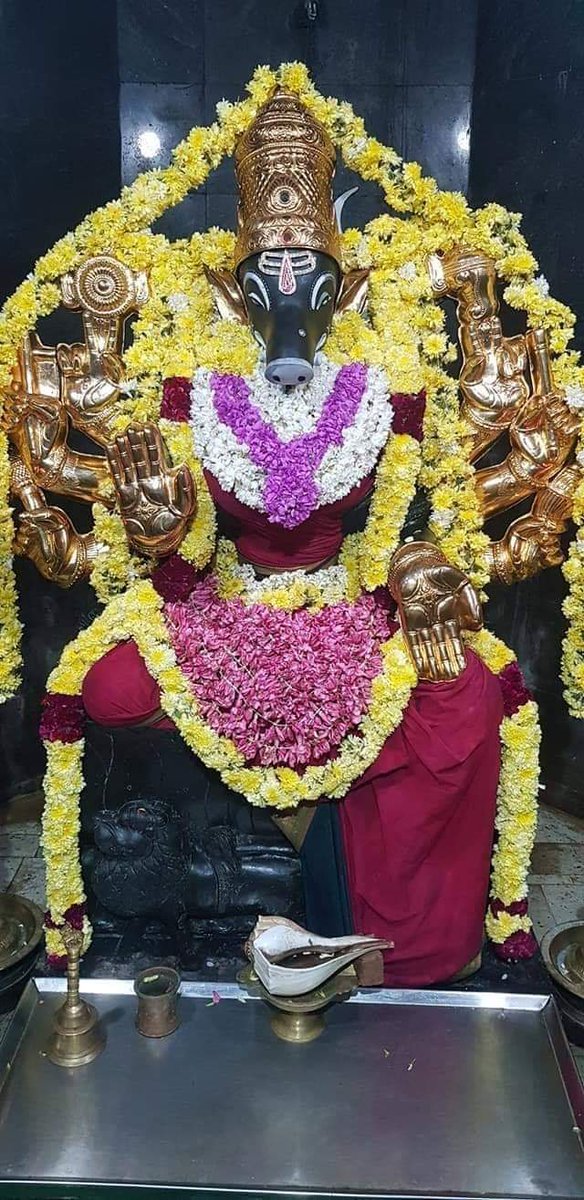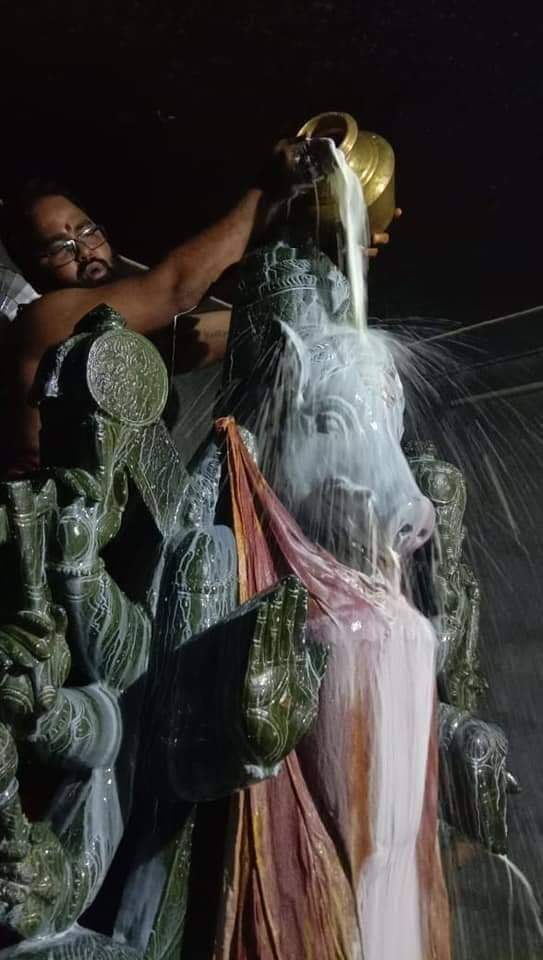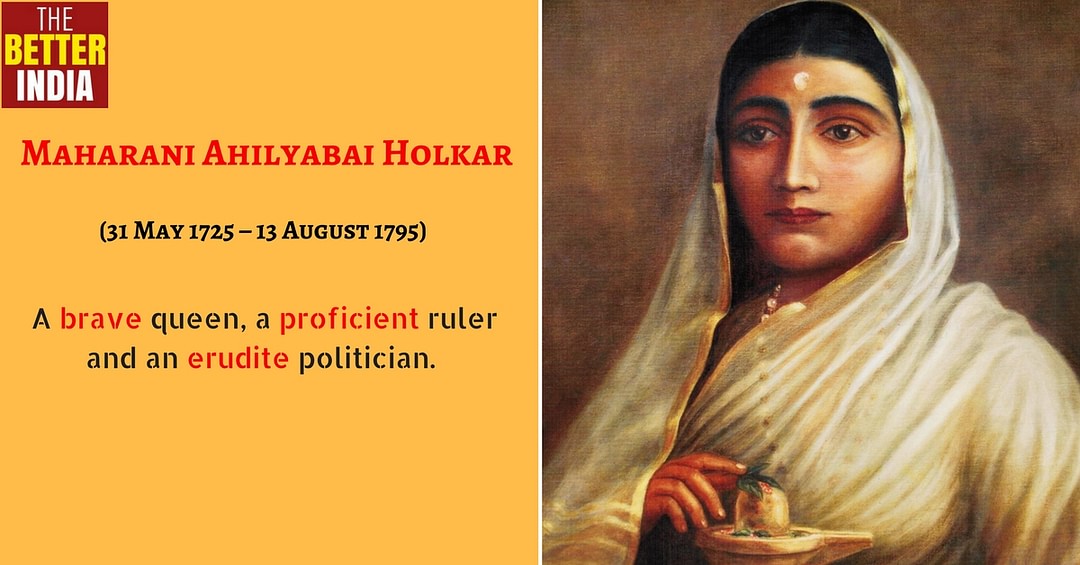SriramKannan77's Categories
SriramKannan77's Authors
Latest Saves
Why Kashmiri Hindus are called Pandits?
Let’s go back to the era of Sultan Sikandar known to the history as Butshikan, meaning, iconoclast. He was a religious fanatic, the like of whom would put any bigot to shame.
A long thread but plz read it 🙏 https://t.co/MnJvClDgCo

In 1394 Sultan Sikandar came to the throne and soon earned the nick name of Butshikan or Iconoclast, from the intense zeal he showed in destroying the grand old temples which the Hindu rajas had bequeathed to Kashmir.
Hindu temples were felled to the ground, and for one year a large establishments was maintained for the demolition of the grand Martand temples .
Having glutted his vengeance on Hindu temples Sikandar turned his attention to the
people who had worshipped in them ,and he offered them three choices, Death, Conversion or Exile.
Many fled, many were converted and many were killed, and it is said that though this monarch burnt “seven mounds‟ of sacred threads of murdered Brahamans.
It is pleasant to turn to the more enlightened reign of Zain-ul-Abidin (known as Budshah), who succeeded to the throne of Kashmir.
The result of his religious tolerance was the return of exiled Kashmiri Pandits.
HOW DID ZAIN-UL-ABIDIN BECOME BENEVOLENT TOWARDS KASHMIRI HINDUS ?

Let’s go back to the era of Sultan Sikandar known to the history as Butshikan, meaning, iconoclast. He was a religious fanatic, the like of whom would put any bigot to shame.
A long thread but plz read it 🙏 https://t.co/MnJvClDgCo

Do you know why Kashmiri Hindus are called Pandits?
— WORLD OF SANATAN DHARMA (@world_sanatan) April 10, 2021
In 1394 Sultan Sikandar came to the throne and soon earned the nick name of Butshikan or Iconoclast, from the intense zeal he showed in destroying the grand old temples which the Hindu rajas had bequeathed to Kashmir.
Hindu temples were felled to the ground, and for one year a large establishments was maintained for the demolition of the grand Martand temples .
Having glutted his vengeance on Hindu temples Sikandar turned his attention to the
people who had worshipped in them ,and he offered them three choices, Death, Conversion or Exile.
Many fled, many were converted and many were killed, and it is said that though this monarch burnt “seven mounds‟ of sacred threads of murdered Brahamans.
It is pleasant to turn to the more enlightened reign of Zain-ul-Abidin (known as Budshah), who succeeded to the throne of Kashmir.
The result of his religious tolerance was the return of exiled Kashmiri Pandits.
HOW DID ZAIN-UL-ABIDIN BECOME BENEVOLENT TOWARDS KASHMIRI HINDUS ?









